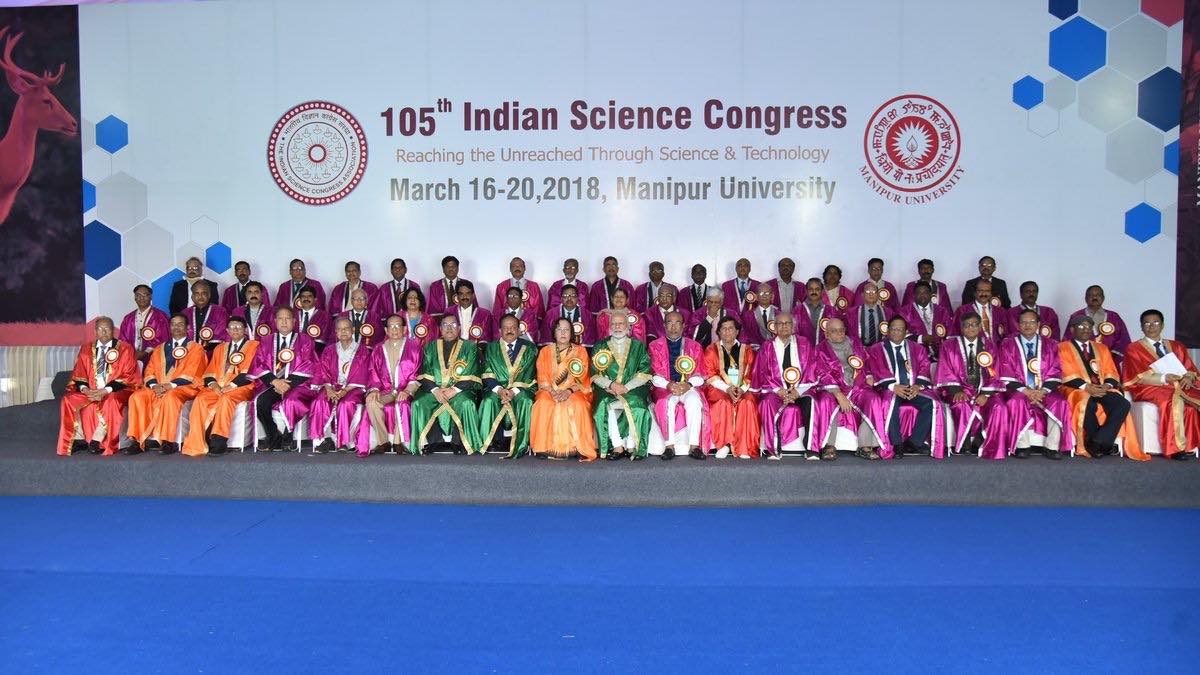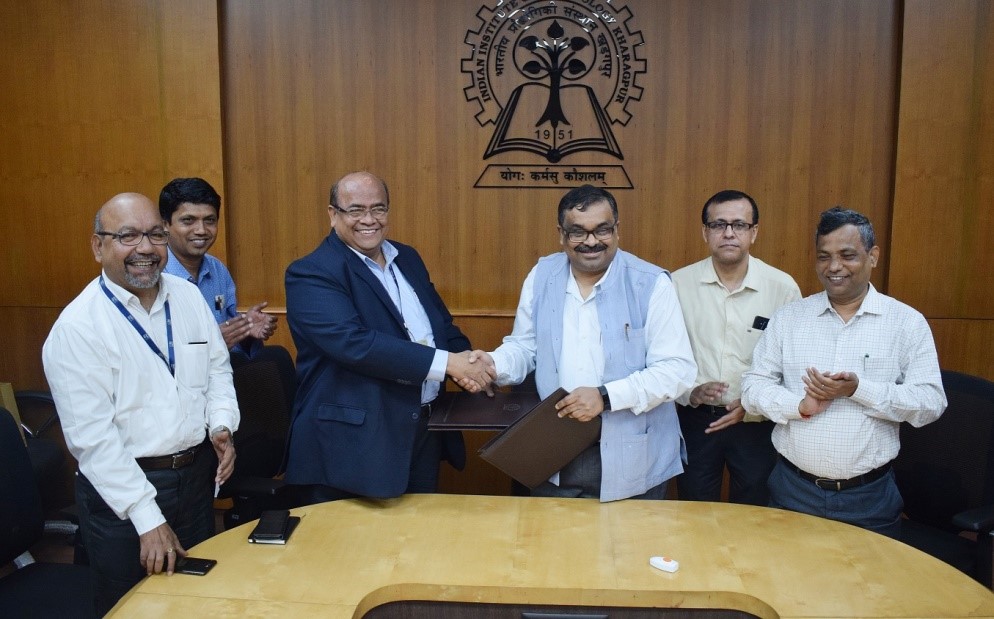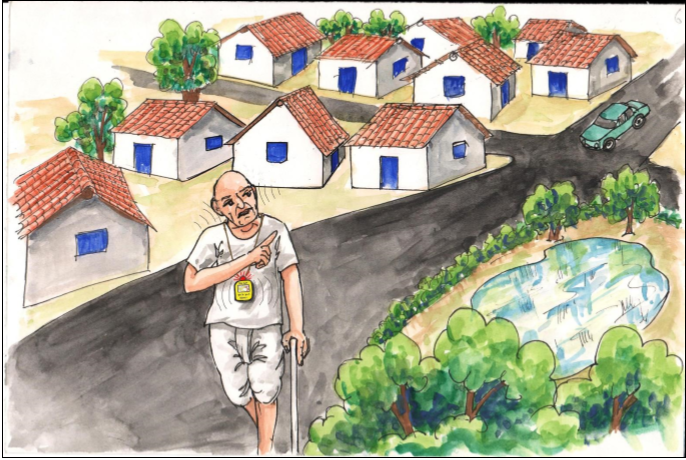
Redefine R&D as Research for Development: PM Narendra Modi
- News
- 1.6K
The 105th session of the Indian Science Congress began in the capital of Manipur with Prime Minister Narendra Modi calling upon scientists to work for solving societal problems. Time has come, he said, to redefine Research and Development (R&D) as ‘research for development’.
“The time is ripe to redefine ‘R&D’ as research for the development of the nation – that is ‘R&D’ in the real sense. Science is after all, but a means to a far greater end – of making a difference in the lives of others, of furthering human progress and welfare,” Mr. Modi said while inaugurating the Congress being hosted by the Manipur University. He said science and technology could help facilitate ‘ease of living’ for the people.
Referring to the focal theme of this year’s congress – “Reaching the Unreached through Science and Technology”, he said scientific knowledge should be applied to solve day to day problems in various sectors such as housing, malnutrition, clean energy and elimination of diseases.
Innovative ideas can bring about change. For instance, he said, Rajagopalan Vasudevan, a professor from Madurai has developed a method to reuse plastic waste in the construction of roads and has given it for free to the government. This technology has already been used to lay over 5000 kilometers of roads across 11 states. In the same way, scientist Arvind Gupta is inspiring students to learn science through toys made out of waste. Chintakindi Mallesham has developed a machine that significantly reduces time and labor required to weave sarees.
The Prime Minister said the country’s scientific achievements need to be actively communicated to people, in order to help inculcate scientific temper among the youth as well as to attract them to careers in science. “We have to throw open our national institutions and laboratories to our children. I call upon scientists to develop an appropriate mechanism for interaction with school-going children. I also urge them, to spend 100 hours every year, with 100 students of classes 10, 11 and 12 discussing various aspects of science and technology,” he added.
At the same time, India is moving ahead in high science. Chandrayan-2, to be launched soon, will include landing and travel on the surface of the moon by a rover. Indian scientists have also played a key role in the international Laser Interferometer Gravitational-Wave Observatory (LIGO) Collaboration. The third LIGO detector is coming up India. “It will expand our knowledge in basic sciences in areas of lasers, light waves, and computing,” Mr. Modi said.
There should be greater coordination within the S&T sector. For example, he said, ISRO uses one of the best battery systems to run its satellites in space. The same technology can be used by other institutions to develop cost-effective and efficient battery systems for mobile phones and electric cars. India should become a major player in developing technologies, devices, standards, and manufacturing for 5-G broadband networks by 2020.
He said the government would like to develop Clusters of Excellence in Science in Cities, around important scientific institutions. These clusters will bring together science and technology partners from academia, research institutes, industry and startups to help promote new discoveries and create globally competitive research hubs.
“The Indian economy is on a high growth trajectory. But we rank low in Human Development Indicators. One of the important reasons for this inconsistency is major inter-state and intra-state disparity,” Mr. Modi said. In order to address this, he said, the government had launched a programme to improve the performance of over 100 ‘aspirational districts’ with focus health and nutrition, education, agriculture and water resources, financial inclusion, skill development, and infrastructure. He wanted scientific institutions to catalyze creation and diffusion of appropriate technologies in these districts.
About 5000 Indian and foreign delegates are participating in the five-day annual event, which was earlier scheduled to take place in Hyderabad in January. (India Science Wire)
By Dinesh C Sharma
Image Dr. Harsh Vardhan
For the latest Science, Tech news and conversations, follow Research Stash on Twitter, Facebook, and subscribe to our YouTube channel


